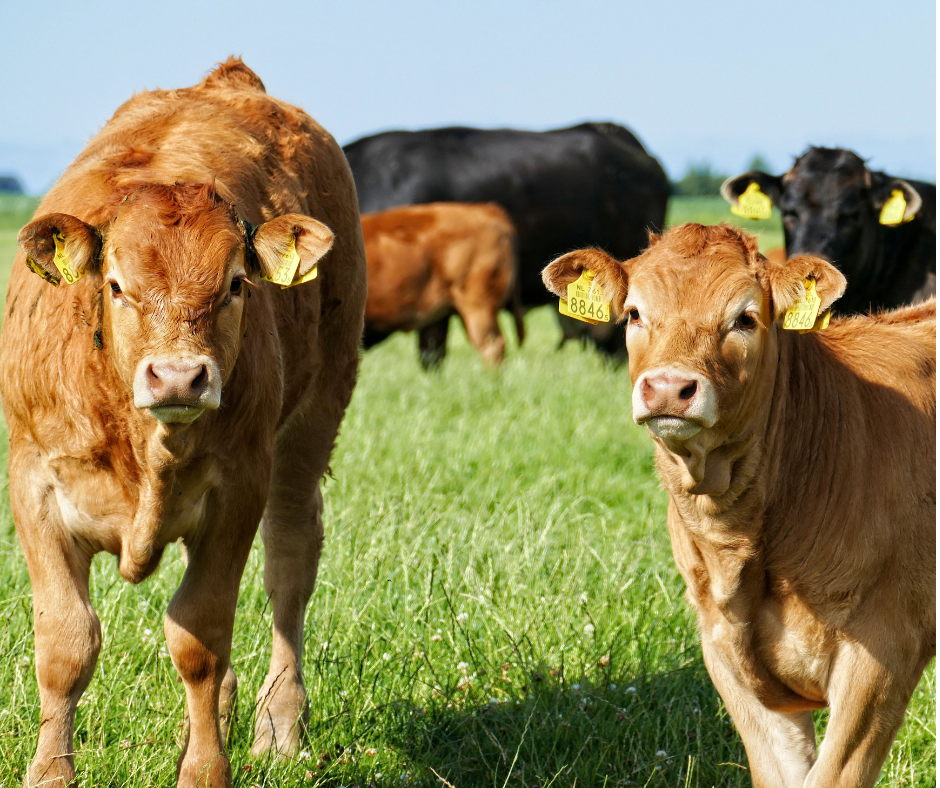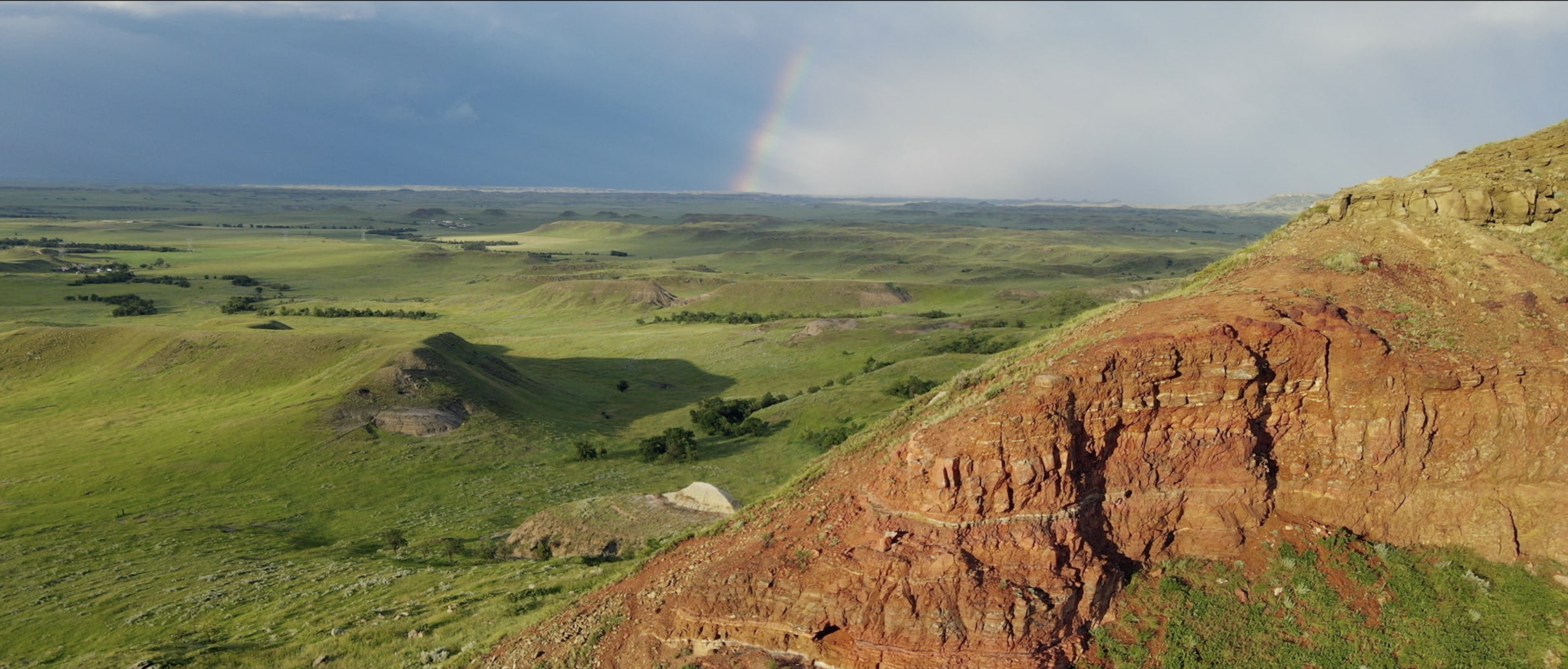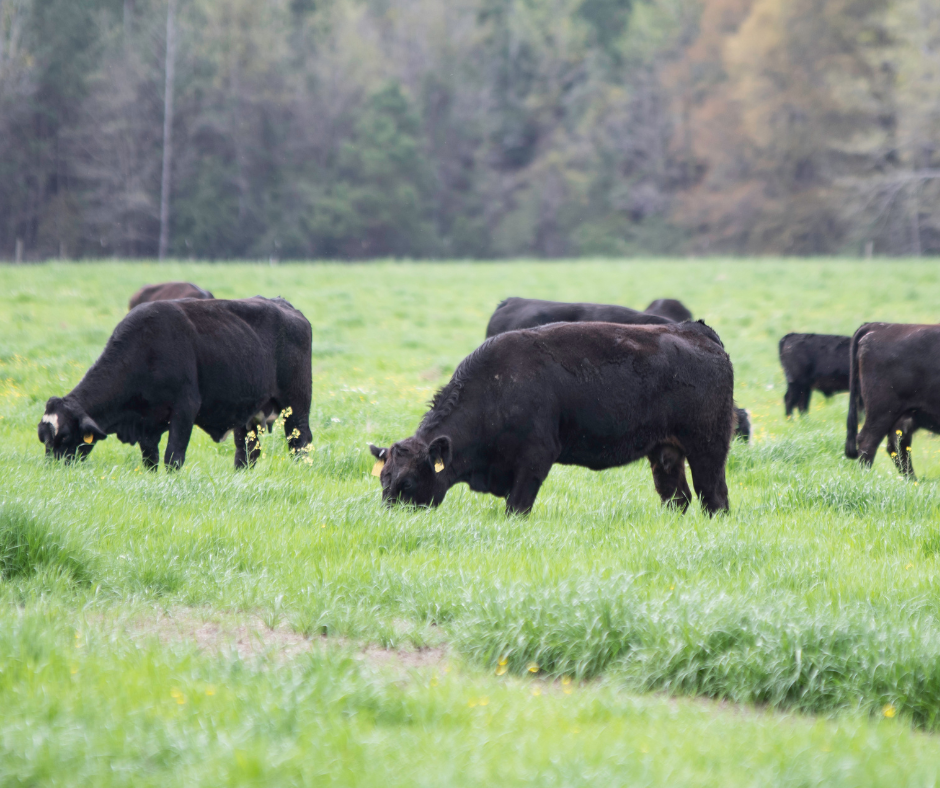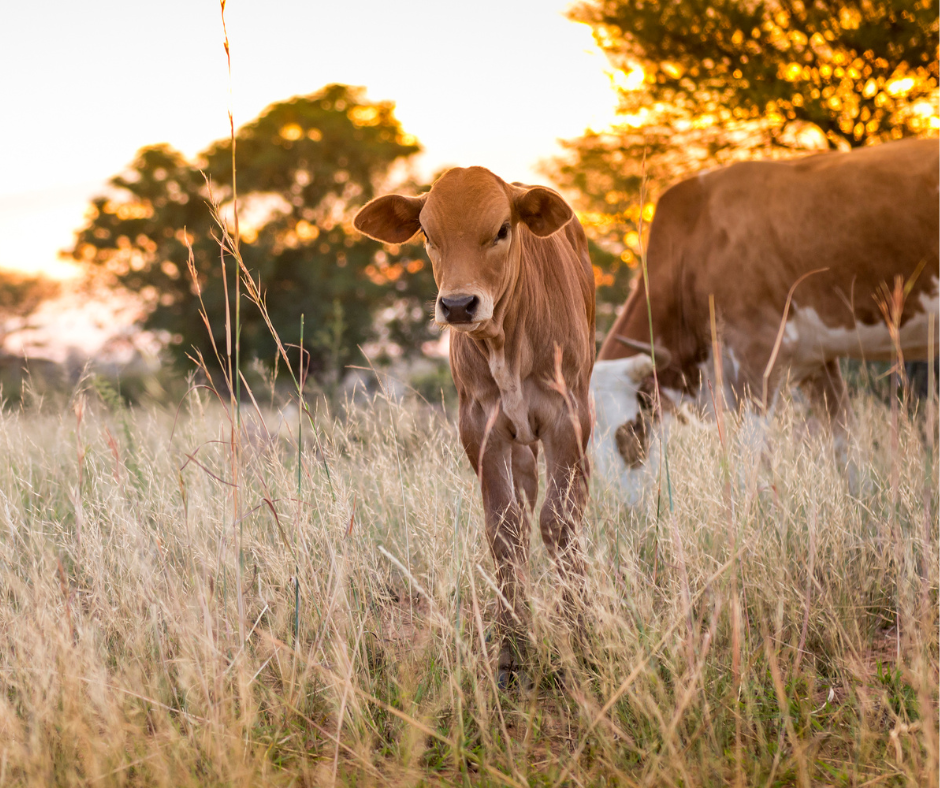by Jessie Koerner
Share
Share

Effective grazing systems provide a myriad of benefits to the soil, plants and animals. Below, we get into what makes a grazing system work. Through regenerative grazing practices, soil and plant resilience grows, effectively storing more carbon from the atmosphere and producing healthier ranches.
How can grazing systems improve plant and soil health?
- An effective grazing system focuses on capturing solar energy through photosynthesis of plants
- Photosynthesis takes carbon from the atmosphere and converts it to sugars to feed soil microorganisms and build soil carbon
- Soil microorganisms feed the plants and create better soil structure to allow plant roots and water to move deeper into the soil
- Livestock are the tool that can make or break how well plants and soil work together to build soil and produce forage
- Timing and distribution of livestock grazing are key to an effective grazing system
Most ranches we encounter can be enhanced because their cattle are grazing…
Too Light
Having too few livestock in a pasture can result in the animals not properly biting, and thus stimulating, most plants while the livestock may at the same time, over-graze key preferred species of plants.
Too Early
Total forage production for the season will be reduced if grazing begins before plants are ready (3 ½ leaf stage). If grazed too early, plants will use energy stored in their roots and crowns to recover instead of relying on solar energy and photosynthesis.
Too Late
Not grazing plants until after they have matured and set seed will not properly stimulate them to feed sugars to soil microorganisms that will in turn support the plants with water and nutrients. All pastures should be stimulated by proper grazing by July 15th each growing season. Additionally, plants should not be grazed during late fall or winter dormant period, which would damage shoots that produce new growth in the spring.
Too Long
Livestock that remain in a pasture too long will re-bite plants that were bitten earlier but have not had a chance to properly re-grow new leaves to capture solar energy again. Re-bitten plants will instead use stored reserves from the roots and crowns, resulting in root decline and reducing the ability for plants to access water and nutrients from deeper in the soil.
Too Often
Having livestock return to a pasture before plants have recovered from an earlier grazing during the same growing season will force plants to use stored reserves from the roots and crowns, resulting in root decline, reducing the ability for plants to access water and nutrients from deeper in the soil.
Principles that build resilience in your grazing lands
Plants and soil are more resilient when managed to keep the plant shoots green and the roots active. Our range managers have more than 70 years combined experience with grazing- land management in the Upper Great Plains. The following principles have been very successful at increasing resilience and profitability.
- Graze plants only after they are ready, at the 3.5 leaf stage.
- Graze 3-6 native grass pastures per herd from June 1- July 15 (45 days total), removing only the top 1/3 of the plants. These top leaves provide high nutrition for livestock and result in proper stimulation of the plants.
- Allow pastures to recover for at least 45 days. This will allow plants to recover leaf area from the initial grazing and produce new shoots, resulting in greater total forage production in the pasture.
- Graze the pasture again with one herd between July 15-October 15 to harvest no more than the top half of the plants .
- Allow shoots produced by the plants after October 15 to grow ungrazed so they can become the new shoots to grow in the spring.
What improvements can you expect in your grazing lands?
- Proper grazing management that keeps plants green and actively feeding the microbial life in the soil can produce many benefits on your ranch. Significant increase in forage production after just 3 years of improved grazing management
- Greater resilience of plants to withstand periods of drought
- Increase in the biodiversity of both plants and animals
- Greater livestock carrying capacity following increased forage production
- Soil carbon accrual rates 2x compared to continuous season-long grazing
- Increased water use efficiency to produce forage from available precipitation
- Healthier cattle
- Greater diversity and populations of wildlife
What changes might you expect to make on your ranch?
- A change in thinking about how plants and soil interact to produce forage and improve the soil
- Placement of fences and water to manage livestock movements
- Moving livestock more frequently
- Annual assessment, planning and adaptation of your grazing plan
Further reading:
https://workingranchmag.com/giving-it-the-twice-over/
Manske, L.L. 2000. Management of prairie in the Northern Great Plains based on biological requirements of the plants. NDSU Dickinson Research Extension Center. Range Science Report DREC 00-1028. 12p.
Meehan, M & Sedivec, K. 2018. Determining Grazing Readiness for Native & Tame Pastures. (R1061).




